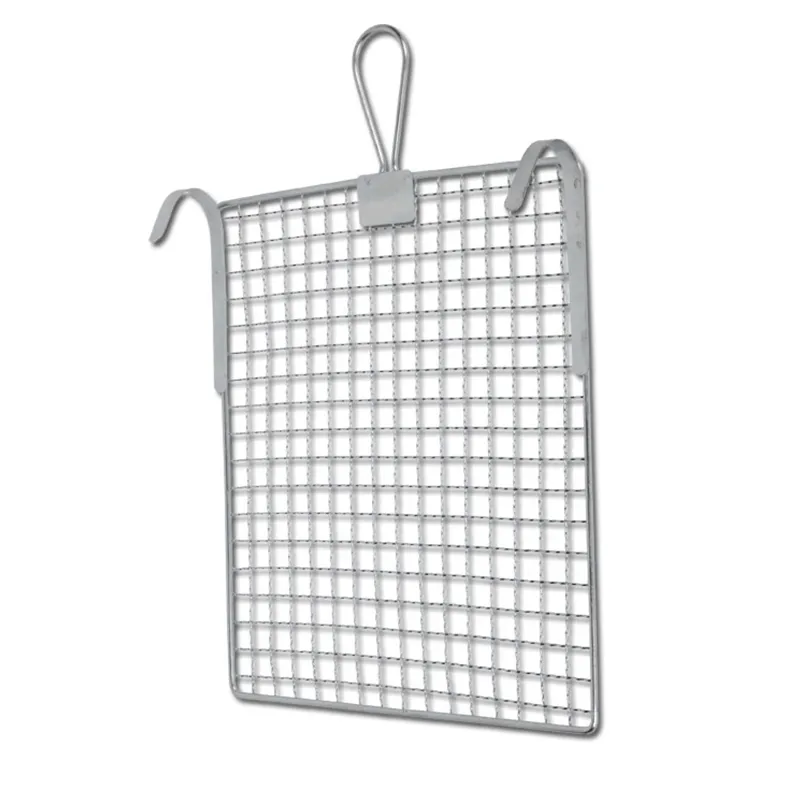In agriculture, polyacrylamide is prized for its ability to enhance soil structure and water retention. Farmers use it to improve irrigation efficiency, reduce soil erosion, and increase crop yields. By retaining moisture in the soil, polyacrylamide helps sustain plant growth, especially in arid regions where water scarcity is a pressing issue. Additionally, its application can lead to reduced fertilizer runoff, promoting environmentally sustainable farming practices.
Biomedical applications of polyacrylamide are also noteworthy. In the field of tissue engineering, PAM’s biocompatibility and ability to form hydrogels make it suitable for developing scaffolds that support cell growth. These scaffolds are crucial for regenerative medicine, where they provide a framework for tissue repair and regeneration. Additionally, PAM-based hydrogels have been explored for drug delivery systems, offering controlled release capabilities that enhance therapeutic efficacy while minimizing side effects. The flexibility and customization of polyacrylamide gels allow researchers to tailor their properties to meet specific medical requirements.
In the environmental sector, polyacrylamide plays a crucial role in water treatment processes. It acts as a flocculant, aiding in the aggregation and sedimentation of suspended particles in water. By promoting the clumping together of these particles, polyacrylamide enhances the efficiency of filtration systems, making it an essential component in municipal water treatment plants and wastewater management systems.




